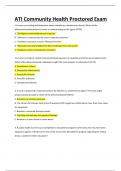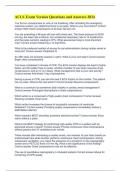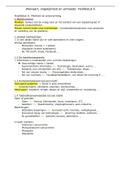Samenvatting
Summary Uitbreiding BO&OM optimization techniques
Dit is een extra samenvattingen die dieper ingaat op de verschillende optimization techniques tijdens het vak BO&OM. Handig voor extra duidelijk wat betreft alle aangeboden optimzation techniques tijdens het vak.
[Meer zien]













